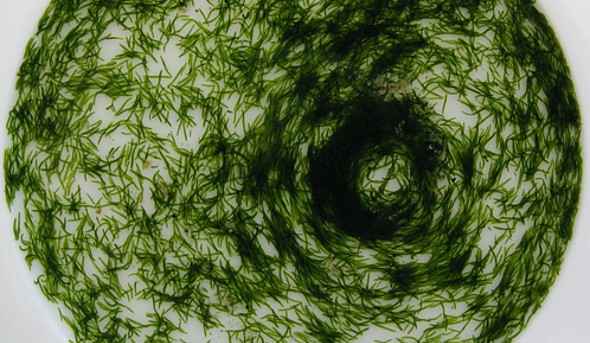Science –Technology
Solar-Powered Worms Illustrate a Possibility for Longer, Healthier Lives
Published
2 years agoon

In order to extend the lifespan of a species of roundworm (Caenorhabditis
elegant), scientists have modified it to absorb light.
Researchers from the US and Germany increased the amount of time sufficient
energy could be supplied to the cells before aging processes gained control by
incorporating a light-sensitive trigger into power-converting organelles known as
mitochondria.
Although the researchers highlight that solar-powered humans are not in the
near future, they do claim that their findings may have significant consequences
for our understanding of aging as well as for the treatment of illnesses and
health problems that we are more likely to develop as we age.
A scientist from the University of Rochester Medical Center in New York named
Andrew Wojtovich says, “We know that mitochondrial malfunction is a result of
aging.”
Laboratory worms lived longer, healthier lives when their metabolism was
simply increased using light-powered mitochondria, according to this study.
Adenosine triphosphate (ATP), a universal energy carrier for the body, is
increased as a result of chemical reactions based on the breakdown of products of
glucose that are facilitated by mitochondria. These processes take place across
the tangled membranes of the organelle. Membrane potential is the efficiency of
this process, and it naturally decreases with age.
Read Also – Yogi Adityanath met Bollywood celebrities in Mumbai
In their latest research, the scientists demonstrated how an “optogenetic” proton
pump that is powered by light may be utilized to transfer charged ions across
the mitochondrial membrane, aiding the entire energy-conversion process. This
proton pump was created from chemical processes in a fungus that was
investigated in a previous study.
The worms lived about 30 to 40% longer than usual, and both membrane
potential and ATP generation were enhanced. The novel engineering method is
referred to by researchers as mitochondria-ON or more.
According to physiologist Brandon Berry of the University of Washington in
Seattle, “What we have done is effectively linked up a solar panel to the current
power plant infrastructure.” “In this case, the optogenetic instrument moon is
the solar panel.”
“Then, in addition to the regular combustion pathway, the usual mitochondrial
machinery is able to utilize the light energy to provide the ATP.”
This is a crucial understanding of how mitochondria function and how we could
influence them. Despite the fact that new information is frequently revealed, there
There is still plenty that scientists don’t understand about these small power plants.
This study focuses on how the body begins to degrade once the mitochondria
run out of steam, which is of special interest.
C. elegans, like the fruit fly Drosophila, is frequently used to study fundamental
biological concepts that are subsequently applied to other species and animals.
In other words, mtON might also be effective in larger organisms.
Berry says, “We need to learn more about how mitochondria really behave in an
animal. Rodents and human cells in culture are next, followed by worms, as in
the current study.
In this manner, future studies will be well-prepared to focus on the most
probable contributors to human disease and aging.
The study was released in the journal Nature Aging.
You may like
-


Individual Chats Can Soon Be Locked on WhatsApp, According to an Android Beta Update
-


Hyundai Verna Launches brand-new Car In 2023
-


Indian Navy conducts major exercise TROPEX-23
-


Moto G73 5G smartphone launched in India
-


Touching & Transforming Lives through Subconscious Driven Techniques With Conscious Action….. – BLOSSOM FURTADO
-


Japan, the United States, South Korea, and Taiwan have launched ‘Chip 4’ supply chain discussions
